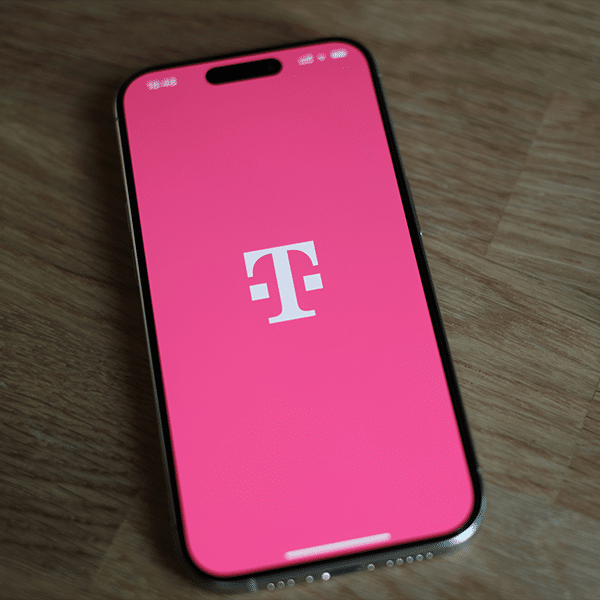T-Mobile said yesterday that it had achieved a 550 Mbps uplink speed in sub-6 GHz spectrum, which the carrier said is a record.
T-Mobile achieved the speed using 3GPP Release 17 UL Tx Switching in a live demo with Nokia and MediaTek, conducting the demonstration at a commercial site in Seattle, WA.
The switching feature uses smart multiplexing to maximize user data throughput by optimizing available device transmission (Tx) chains. It does this through uplink (UL) Carrier Aggregation and UL MIMO, supporting both time division duplex (TDD) and frequency division duplex (FDD) spectrum.
FDD spectrum uses separate frequency bands for uplink and downlink communications, while TDD spectrum uses the same frequency band for both uplink and downlink.
For the demonstration, T-Mobile used 100MHz of TDD (n41) spectrum and 35MHz of FDD spectrum and a MediaTek smartphone flagship test device with an integrated M90 modem.
“Everyone obsesses over download speed, but at T-Mobile we see what’s coming, and uplink is the next big thing,” Ulf Ewaldsson, T-Mobile president of technology, said in a prepared statement.
“Whether you’re uploading 4K video, gaming in real time, or powering a VR headset, this record shows that T-Mobile is already building the network for that future and focused on bringing the best customer experience.”
Earlier this year, T-Mobile said it had achieved a “record-breaking” 6.3 Gbps downlink speed, using a Galaxy S25 featuring Qualcomm’s Snapdragon X80 5G Modem-RF System running text software on T-Mobile’s 5G network. It reached a download speed of 4.3 Gbps in real-world conditions.
A second test featured Qualcomm’s X85 5G Modem-RF on a mobile test device. According to the announcement, it reached a “record-breaking” speed of 6.3 Gbps.
The tests used Nokia 5G radio access network (RAN) equipment and low-band and mid-band spectrum on T-Mobile’s 5G standalone (SA) production network. The carrier owns spectrum in the 2.5GHz, PCS, AWS, and 600MHz bands.

